Copyright 2020 - 2021 irantour.tours all right reserved
Designed by Behsazanhost
All about Iran's World Intangible Cultural Heritages
World Intangible Cultural Heritages of Iran
UNESCO installed its Lists of Intangible Cultural Heritage to make sure higher safety of essential intangible cultural heritages globally and the attention to their significance. An intangible cultural heritage (ICH) is a practice, representation, expression, knowledge, or ability taken into consideration with the aid of using UNESCO to be a part of a place's cultural heritage; it comprises "nonphysical highbrow belongings, inclusive of folklore, customs, beliefs, traditions, knowledge, and language" in assessment to tangible heritage (i.e., "bodily items and artifacts belonging to a culture"). In current years widespread nonphysical highbrow belongings of the Islamic Republic of Iran have been Listed as Intangible Cultural Heritage. What you're studying is an evaluation of the functions of this work, that's published on the UNESCO list.
Here is the list of Iran's Intangible Cultural Heritages
 |
Dotar
The file of crafting and playing the Iranian conventional musical device Dotar (meaning " strings' in Persian) has been submitted for inclusion in UNESCO'S List of Intangible Cultural Heritage. "Local to numerous Iranian provinces, inclusive of Mazandaran, Golestan, North Khorasan, South Khorasan, and Khorasan Razavi provinces Dotar might be the primary peoples' musical device with any such huge reputation to get global status," stated Farhad Nazari, in the rate of inscription of ancient web sites at Iran's Cultural Heritage, Handicrafts and Tourism Organization. The conventional talents of crafting and gambling the Dotar are one of the maximum outstanding social and cultural additives of folkloric tune most of the ethnic companies and Bearers and practitioners are typically farmers, inclusive of male crafters and gamers and girl gamers. The Dotar is a folkloric plucked musical device with a pear-fashioned bow crafted with dried timber or mulberry tree, a neck fabricated from apricot or walnut timber, and strings. Some trust one string is male and features because the accord, at the same time as the alternative is girl, gambling the primary melody, According to Iranica.
encyclopedia Performers play the Dotáron vital social and cultural activities inclusive of weddings, parties, celebrations, and formality ceremonies. In current decades. It has additionally been performed in nearby, regional, national, and global festivals. While gambling, the gamers recount epic. ancient, lyric, moral, and gnostic narrations which can be principal to their ethnic records, pride, and identity. Traditional information referring to crafting and gambling the Dotar is surpassed on informally thru the grasp pupil method, and the detail is likewise found in nearby oral and written literature, which displays the records and history of the bearers. The detail fosters non-violent co-existence, mutual respect, and expertise each amongst unique groups and with neighboring countries.
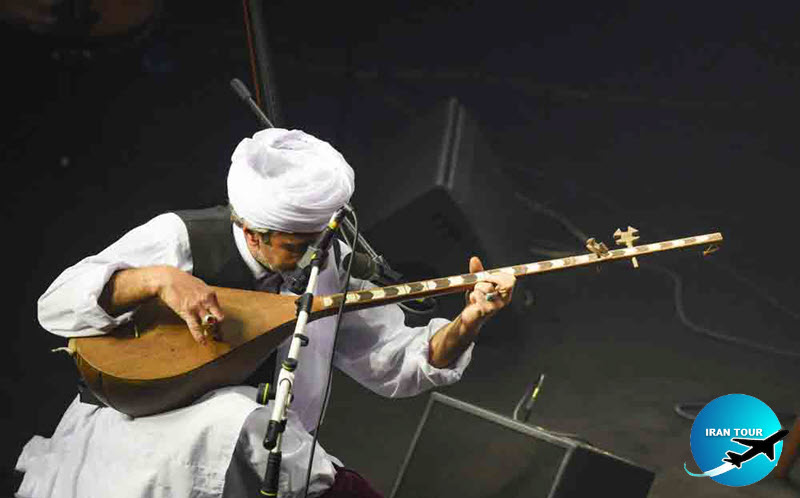 |
Music of the Bakhshis of Khorasan
In Khorasan Province, the Bakhshis is famed for his or her musical ability with the Dotar, a two-stringed, long-necked lute. They recount Islamic and Gnostic poems and epics containing mythological, historical, or mythical issues. Their music, called Maghami, includes Instrumental and/or vocal pieces, accomplished in Turkish, Kurdish, Turkmen, and Persian. Navāyi is the maximum giant Magham: diverse, vocal, rhythmless, followed with the aid of using Gnostic poems. Other examples encompass the Turkish Maghams Tajnis and Gerāyeli, the nonsecular issues of Shākhatāyi, and Loy, a vintage romantic Magham, belonging to the Kormani Kurds of Northern Khorasan. Bakhshis remember one string of the Dotar to be male and the opposite lady; the male string stays open, even as the lady is used to play the principal melody,
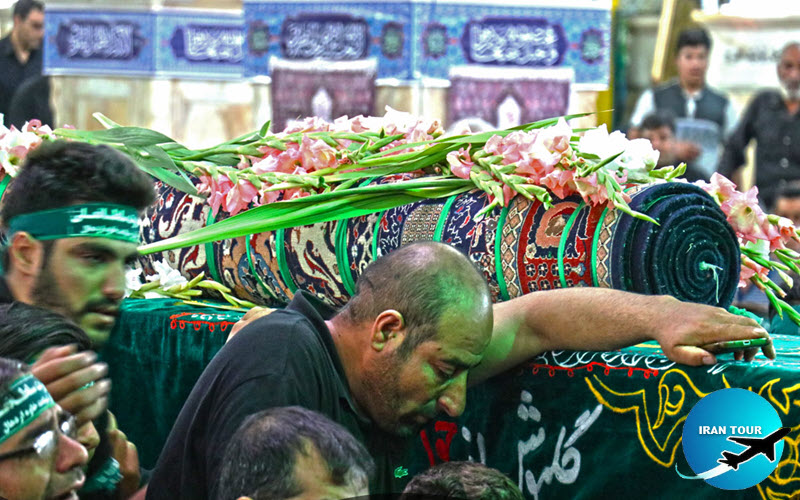 |
Qälišuyan ceremonial(Washing Carpet) of Mashad e Ardehāl in Kashan
Qulišuyan ceremonial is practiced in Iran to honor the reminiscence of Soltan Ali, a holy determine a few of the human beings of Kashan and Fin. According to legend, he changed into martyred, and his frame changed into located and carried in a carpet to a move, wherein it changed into washed and buried with the aid of using the human beings of Fin and Xave. Today, the Soltan Ali mausoleum is the web page of a ritual wherein a carpet is washed withinside the holy move with the aid of using a massive gathering. It takes vicinity at the nearest Friday to the 17th day of the month of Mehr, in line with the sun agricultural calendar. In the morning, the people of Xave collect on the mausoleum to sprinkle rosewater on the carpet. Having finished the wrapping rituals, they supply it to the People of the Fin, who rinse the carpet in going for walks water and sprinkle rosewater drops with well reduce and fantastically adorned wood sticks. The carpet is then back to the mausoleum.
How to visit around Kashan |
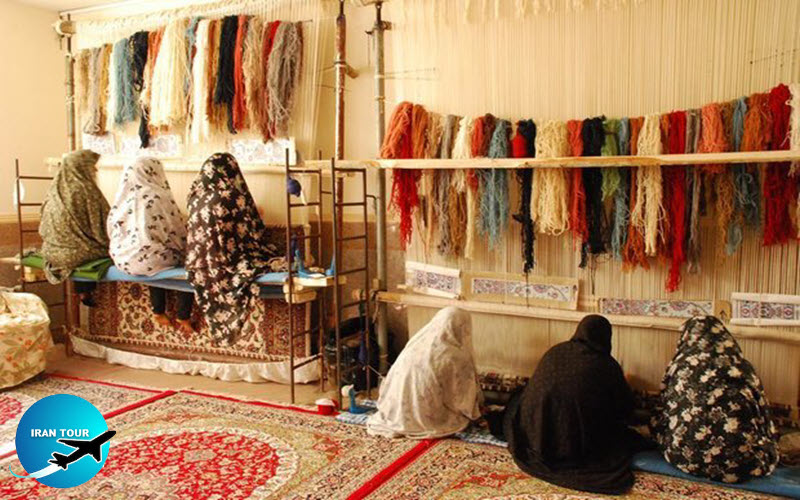 |
Traditional Carpet Weaving in Kashan
In Kashan, a center for fine carpets, nearly one in three residents is employed in carpet making, and more than two-thirds of carpet weavers are women. The rug weaving process begins with a design drawn from a number of established styles. , including motifs such as flowers, leaves, branches, animals, and scenes from the story. Woven on a loom known as a dar, the warp and weft are of cotton or silk. The pile is made by knotting wool or silk threads to the warp. with the distinctive Farsi knot, then held by a row of the woven weft and beaten with a comb. The colors in Kashan rugs come from a variety of natural dyes, including madder root, walnut skin, pomegranate skin, and vine leaves.
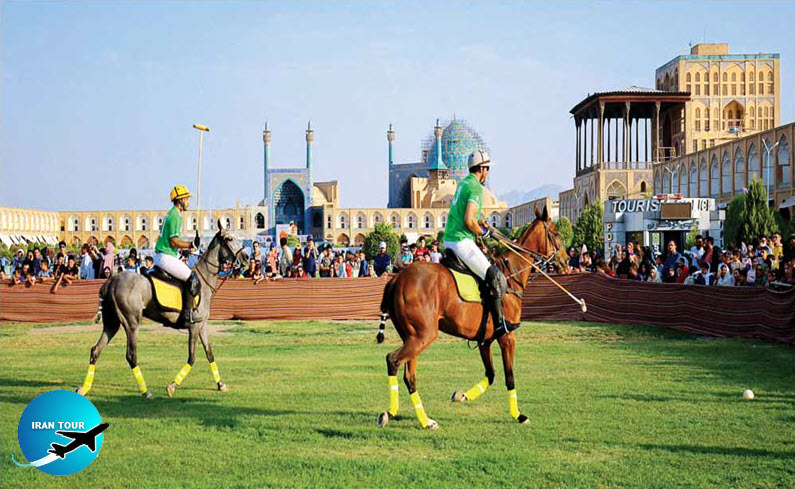 |
Chogan, an equestrian game accompanied by music and stories
Naghsh e Jahan the world's oldest polo field
Chogān is a traditional horse-riding game accompanied by music and storytelling; It has a history of over 2,000 years in Iran and was mainly played in royal courts and municipal venues. In Chogān, teams of two runners compete and the goal is to use a wooden stick to push the ball through the opposing team's goalposts. Chogān includes the main game, an appropriate musical performance, and a narration. The bearers include three main groups: players, storytellers, and musicians. Chogān is closely associated with a cultural, artistic, and sporting element the identity and history of its bearers and practitioners. It has a strong presence in literature, fairy tales, proverbs, handicrafts, and jewelry, which are valuable elements of its practitioners' symbolism. As an element that promotes the health of the body and mind. Chogān also creates a connection between nature, man, and horses.
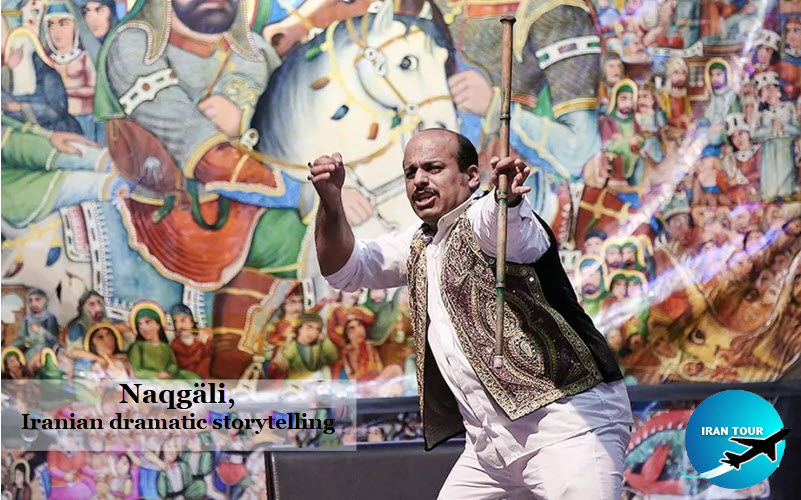 |
Naqgäli, Iranian dramatic storytelling
Nagqali is the oldest form of dramatic performance in the Islamic Republic of Iran and has long played an important role in society, from courts to villages. The Naqqal artist tells stories in verse or prose accompanied by gestures and movements, and sometimes instrumental music and painted scrolls. Naqqals function as both artists and bearers of Persian literature and culture and should be familiar with cultural expressions, local languages and dialects, and traditional music. Naqqõli requires considerable talent, a retentive memory, and the ability to improvise with the ability to captivate an audience. Naqqöl wears simple costumes but may also use old helmets or armored jackets during performances to help recreate battle scenes. Naqqal women perform to mixed audiences.
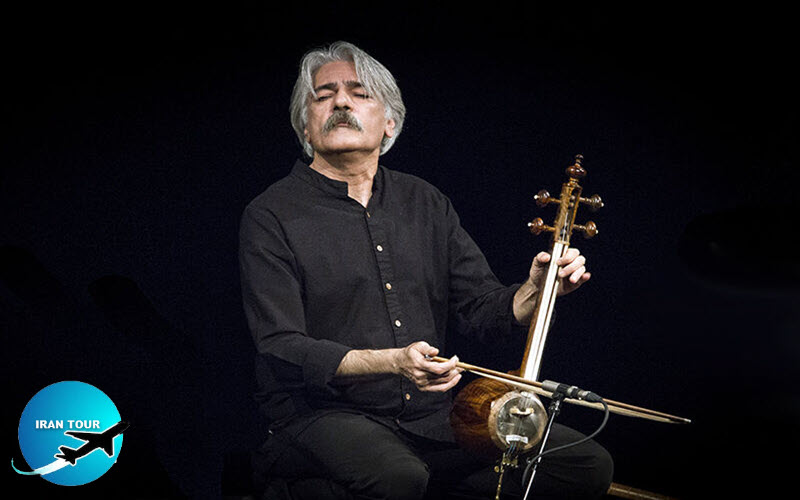 |
Art of creating and playing with Kamancheh
Kamancha (small bow), is a bowed instrument that has been around for over 1,000 years. In the Islamic Republic of Iran and Azerbaijan, it forms an important part of classical and folk music, and performances occupy a central place in many social and cultural gatherings. Porters and professionals are made up of craftsmen, amateur or professional players, teachers, and students of the element. Kamancheh/Karnancha is an essential part of musical culture in both countries, and although instrument making represents a direct source of income, artisans also perceive the art as an important part of the intangible cultural heritage of their communities.
 |
Pahlevani and Zoorkhanei Rituals
Pahlevani is an Iranian martial art that combines elements of Islamic Gnosticism and ancient Persian beliefs. It describes a ritual collection of gymnastic and calisthenic movements performed by ten to twenty men, each wielding an instrument that symbolizes ancient weapons. The ritual takes place in a Zaorkhane, a sacred domed structure with an octagonal arena below and seating for the audience. The Morshed (master) directs the Pahlevani ritual to perform epic and Gnostic poems and beats time on a Zarb chalice drum. The poems he recites convey ethical and social teachings and are part of Zoorkhanei's literature. Participants in the Pahlevani ritual can come from any social or religious background, and each group has strong ties to its local community, working to help those in need. During training, students are instructed in chivalrous ethics and values under the supervision of a Pishkesvat (champion). Those who master individual skills and arts, observe religious principles and overcome the ethical and moral stages of Gnosticism can acquire the eminent rank of Pahlevani (hero), indicating rank and authority within the community. There are currently 500 Zoorkhanes across Iran, each comprising practitioners, founders, and several Pīshkesvat.
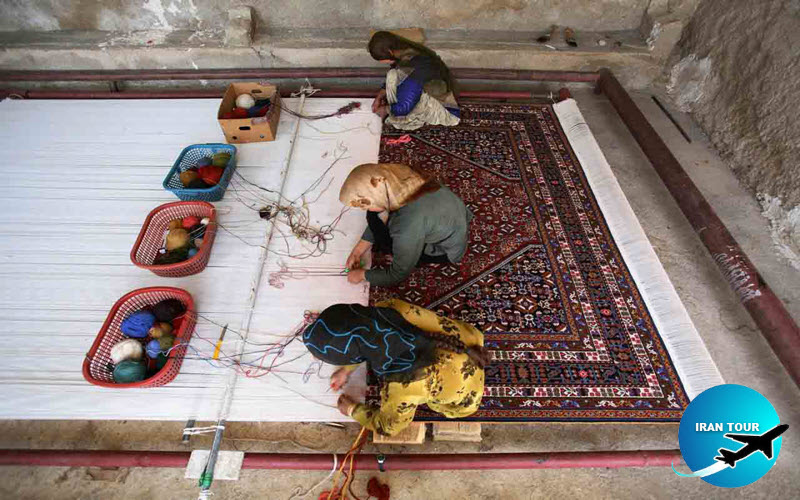 |
Traditional know-how of carpet weaving in Fars
Iranians enjoy a worldwide reputation in carpet weaving, and the carpet weavers of Fars, located in southwestern Iran. are among the most prominent. Wool for carpets is shorn by local men in spring or autumn. The men then construct the carpet loom - a horizontal frame placed on the ground - while the women spin the wool into yarn on spinning wheels. The colors used are mostly natural: reds. blues, browns, and whites produced from dyes such as madder, indigo, lettuce leaf, walnut skin, cherry stem, and pomegranate skin. The women are responsible for the design, color selection, and weaving, and bring scenes from their nomadic life to the carpet. They weave without a cartoon (design) - no weaver can weave two rugs of the same design. The colored yarn is tied to the wool canvas to create the rug. Finally, the sides are sewn, the extra wool is burnt off to make the patterns more lively, and the rug undergoes a final cleaning. All of these skills are transmitted orally and by example. Mothers train their daughters to use materials, tools, and skills, while fathers train their sons to shear wool and make looms.
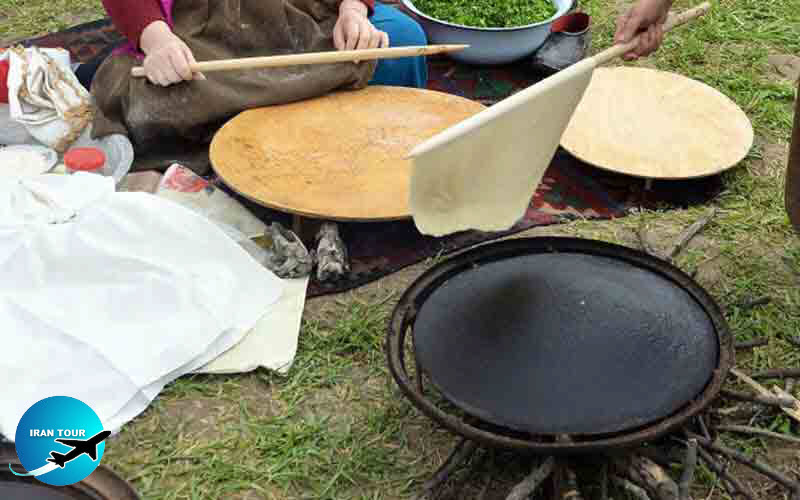 |
Culture of making and sharing focaccia: Lavash, Katyrma, Jupka, Yufka
The culture of making and sharing focaccia in communities in Azerbaijan, Iran, Kazakhstan, Kyrgyzstan, and Turkey performs social functions that allowed it to continue as a widely practiced tradition. Making bread (lavash, katyrma, jupka, or yutka) involves at least three people, often family members, who each play a role in its preparation and baking. In rural areas, neighbors participate together in the process. Traditional bakeries also produce bread. It is cooked using a Tandyr/tanür (an earthen or stone oven in the ground, saj the metal plate) or Kazan (a cauldron).
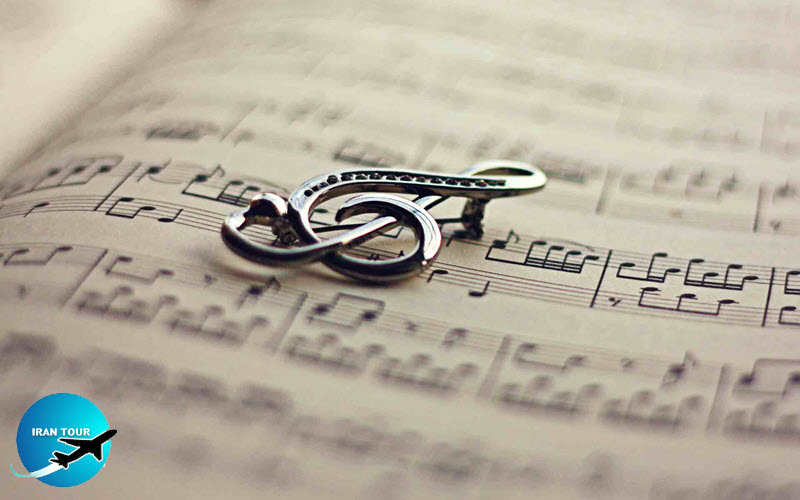 |
Radif of Iranian Music
The Radif of Iranian music is the traditional repertoire of classical music from Iran which constitutes the essence of Persian musical culture. Over 250 melodic units, called Gushe, are organized into cycles, with an underlying modal layer serving as a backdrop on which a variety of melodic patterns are placed. Although the main performance practice of traditional Iranian music is an improvisation based on the mood of the performer and in response to the audience, musicians spend years learning to master the Radif as an ensemble of musical instruments for their performances and compositions. The Radif can be vocal or instrumental, performed on a variety of instruments with different playing techniques, including the long-necked tar and setar lutes, as well as the hammered santur zither, pointed fiddle Kamanche and reed pipe Ney.
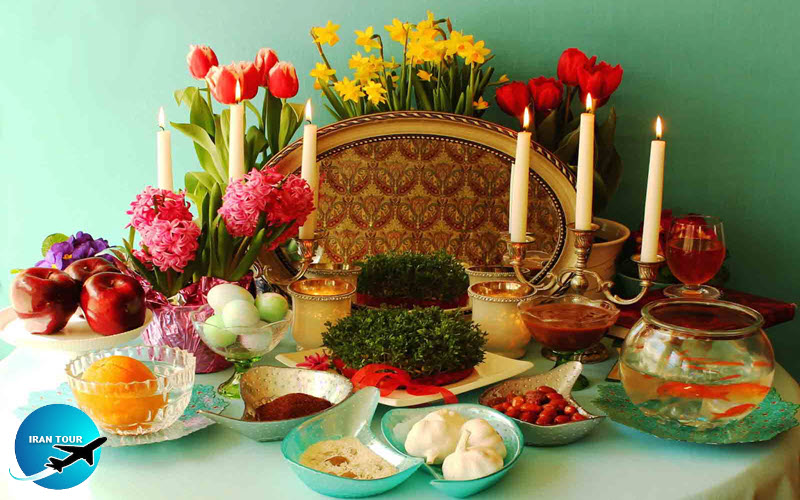 |
The Nowrouz
New Year is often a time when people wish for prosperity and new beginnings. March 21 marks the start of the year in Afghanistan, Azerbaijan, India, Iran, Iraq, Kazakhstan, Kyrgyzstan, Pakistan, Tajikistan, Turkey, Turkmenistan, and Uzbekistan. such as Nauryz.Navruz, Nawrouz.Nevruz.Nowruz Novruz, Nowrouz or Nowruz which means "new day when a variety of rituals, ceremonies, and other cultural events take place for about two weeks. An important tradition practiced during this time is the gathering around the table", decorated with objects that symbolize purity, luminosity, sustenance and wealth, to enjoy a special meal with loved ones. New clothes are worn and relatives are visited, especially the elderly and neighbors They exchange gifts, especially for the children they gift objects made by craftsmen. There are also street performances of music and dance, public rituals involving water and fire, traditional sports and crafts. These practices support cultural diversity and tolerance and help build community solidarity and peace. They are transmitted from older generations to younger ones through observation and participation
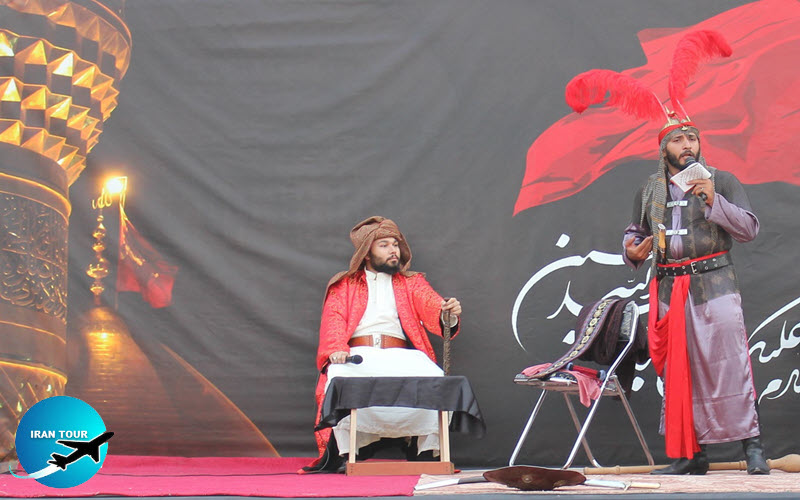 |
Ritual dramatic art of Ta'ziye
Ta'ziye (or Ta' azyen) is a ritual dramatic art that recounts religious events, historical and mythical stories, and folk tales. Each performance has four elements: poetry, music, song, and motion. Some performances have up to a hundred roles, divided into historical, religious, political, social, supernatural, real, imaginary, and fantasy characters. Each Ta'ziye drama is individual, having its subject costumes and music. Performances are rich with symbolism, conventions, codes, and signs understood by Iranian spectators, and take place on a stage without lighting or decoration Performers are always male, with female roles being played by men, and most are amateurs who gain their living through other means but perform for spiritual rewards. While Taziye has a prominent role in Iranian culture, literature, and art, everyday proverbs are also drawn from its ritual plays. Its performances help promote and reinforce religious and spiritual values, altruism, and friendship while preserving old traditions, national culture, and Iranian mythology. Ta'ziye also plays a significant role in preserving associated crafts, such as costume making, calligraphy, and instrument making. Its flexibility has led it to become a common language for different communities, promoting communication, unity, and creativity. Ta'ziye is transmitted for example and word of mouth of the guardian to the only one.
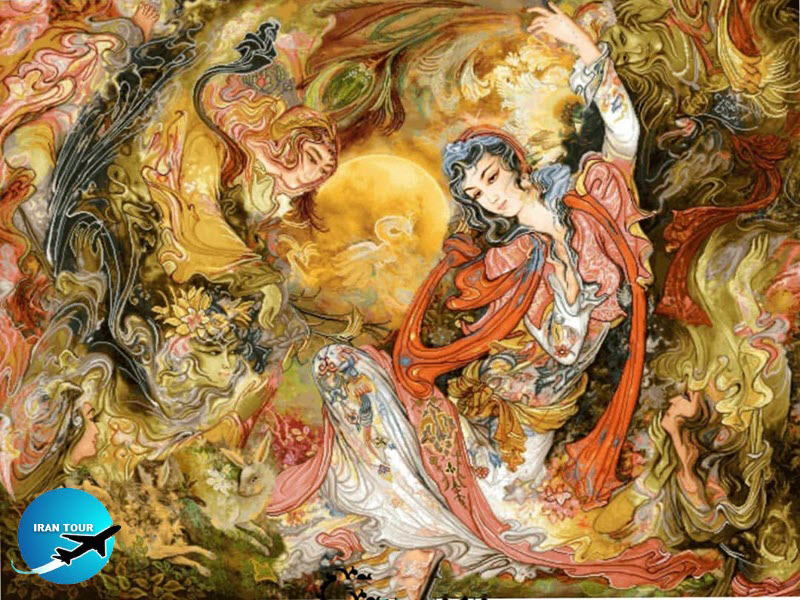 |
Iranian Miniature: Iran's intangible heritage in UNESCO
It is difficult to trace the origins of the art of Persian miniature, as it reached its peak mainly during the Mongol and Timurid periods (13th - 16th Century). Mongolian rulers of Iran instilled the cult of Chinese painting and brought with them a great number of Chinese artisans. The most important function of the miniature is an illustration. It gave a visual image to the literary plot, making it more enjoyable, and easier to understand. Miniature developed into a marriage of artistic and poetic languages and obtained deep and sincere accordance with poetry.
- Details
- Category: IRAN Blog